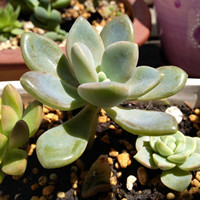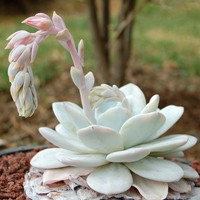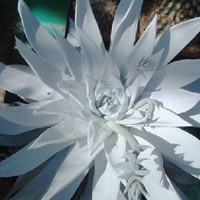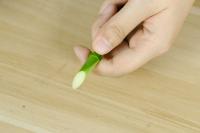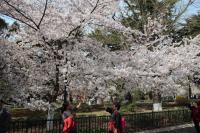Introduction
Watering plants is an essential part of gardening that requires careful consideration. Improper watering can lead to both under and over-watering, which can harm or even kill your plants. In this article, we will explore how to water your plants effectively to ensure healthy growth and a flourishing garden.
Understanding Your Plants' Watering Needs
The first step to watering your plants properly is to understand their needs. Some plants require more water than others, and their watering needs may vary depending on the season or the environment they’re in. For example, plants in a dry, hot climate will require more water than those in a cooler, more humid environment.
One way to determine your plants' watering needs is to research their specific requirements. Many plants come with instructions on how to water them, including the ideal amount of water and frequency to water. Additionally, you can observe your plant’s soil and leaves to identify signs of over or under-watering. For example, wilted or yellow leaves can indicate over-watering, while dry or brown leaves can indicate under-watering.
Timing Your Watering
The timing of your watering routine can also impact the health of your plants. Watering during the hottest part of the day can cause excess evaporation and result in wasted water. On the other hand, watering at night can increase the risk of fungal growth due to prolonged moisture on the leaves and soil.
The best time to water your plants is early in the morning, before the heat of the day sets in. This allows your plants to absorb water before the sun evaporates it and reduces the risk of fungal growth. Additionally, watering in the morning can ensure that your plants have enough moisture to survive the heat of the day.
Choosing the Right Method
There are several methods for watering plants, including hand-watering with a watering can or hose, drip irrigation systems, and sprinklers. Each method has its advantages and disadvantages depending on the type of plant, the environment, and your personal preferences.
If you have a small garden or a few potted plants, hand-watering with a watering can or hose may be the most efficient option. This method allows you to control the water flow and target specific areas of the plant as needed. However, hand-watering can be time-consuming for larger gardens.
Drip irrigation systems are a popular and efficient option that delivers water directly to the plant’s roots through a series of tubes or pipes. This method is particularly useful for plants that require deep watering or those in hard-to-reach areas. However, drip irrigation systems can be more expensive and require regular maintenance.
Sprinklers are another option for watering plants, and they work well for large gardens or lawns. However, this method can be wasteful if not used properly, and it can also increase the risk of fungal growth due to prolonged moisture on the leaves and soil.
Conclusion
Watering plants is an essential aspect of gardening that requires careful consideration. Understanding your plants’ watering needs, timing your watering routine, and choosing the right method can help ensure your plants grow healthy and strong. By following these tips and tricks, you can have a flourishing garden that is the envy of your neighborhood.

 how many times do yo...
how many times do yo... how many planted tre...
how many planted tre...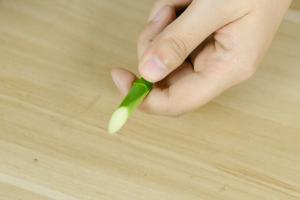 how many pine trees ...
how many pine trees ... how many pecan trees...
how many pecan trees... how many plants comp...
how many plants comp... how many plants can ...
how many plants can ... how many plants and ...
how many plants and ... how many pepper plan...
how many pepper plan...
















